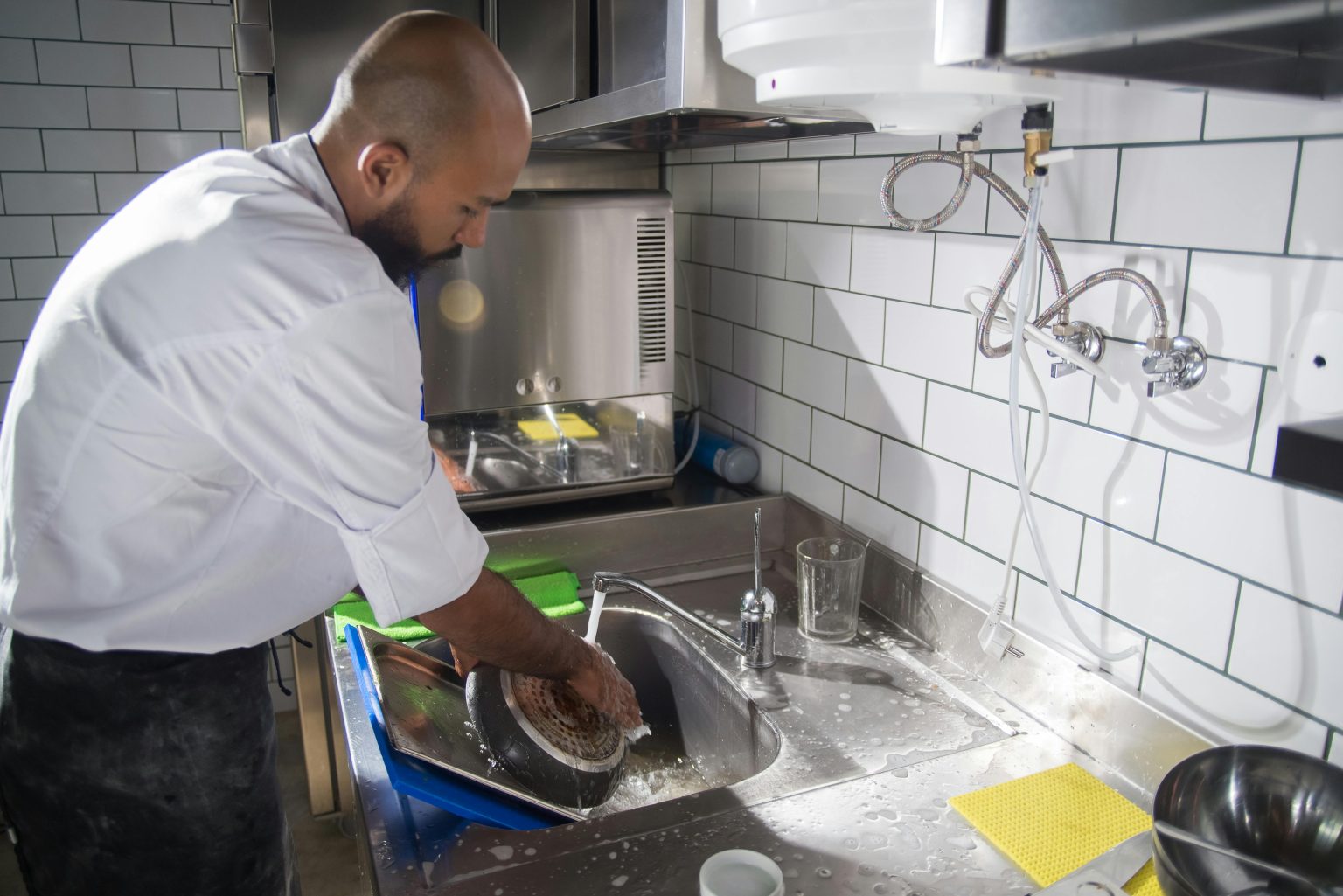In the fast-paced world of food service, it’s easy to let things slide when the pressure’s on. But one area that can never afford shortcuts? Cleanliness. Whether it’s a home kitchen, food truck, or commercial operation, sanitation remains one of the most critical elements of food safety—and business survival.
According to the World Health Organization, unsafe food causes 600 million cases of foodborne illness and 420,000 deaths globally each year. Many of these cases could be avoided with better sanitation practices. From dirty cutting boards to neglected grease traps, the smallest lapses can have big consequences.
Here’s why sanitation still matters more than ever—and what every kitchen needs to stay safe, compliant, and trustworthy.
First Impressions Start With Cleanliness
Before a single dish is served, guests form an opinion of your kitchen based on how clean it looks, smells, and feels. Whether you’re running a restaurant or hosting a private dinner, a spotless space sets the tone. It signals professionalism, care, and respect—for your craft and your guests.
Key areas guests and inspectors notice first:
- Entryways and waiting areas
- Bathrooms and handwashing stations
- Dining surfaces and visible kitchen areas
- Staff appearance (especially hands and uniforms)
- Trash areas and odor control
Investing in a professional cleaning service can help ensure these critical zones are always inspection-ready and guest-pleasing. For busy kitchens, it’s one less thing to worry about—and one more step toward a spotless reputation.
Sanitation = Safety
When sanitation breaks down, the risks are immediate. Cross-contamination, pest infestations, spoiled ingredients—all of it leads to potential foodborne illness, staff injury, and legal headaches.
Proper sanitation helps prevent:
- Foodborne illnesses caused by bacteria like Salmonella, Listeria, or E. coli
- Allergen cross-contact, especially dangerous for guests with dietary restrictions
- Slips and falls due to unclean or greasy floors
- Fire hazards from buildup in hoods, ovens, or grease traps
- Infestations from rodents or insects drawn to food scraps
In short, cleanliness isn’t just about aesthetics. It’s about health. A clean kitchen protects your team, your customers, and your business license.
Sanitation Is Everyone’s Job
Creating a clean kitchen culture doesn’t start with the manager—it starts with the team. When everyone understands the value of sanitation, and sees that it’s part of the job (not just extra work), it becomes second nature.
Simple systems to keep everyone involved:
- Daily and weekly checklists posted in visible locations
- Clear labeling and rotation for food storage (“first in, first out”)
- Personal sanitation tools (gloves, aprons, nail brushes)
- Scheduled deep cleans, not just quick wipes
- Teamwide training sessions and refreshers on cleaning protocols
By giving staff the tools and time they need to clean properly, you reduce resistance and raise standards.
Clean Kitchens Build Trust
In the age of transparency, diners care more than ever about how their food is prepared. An open kitchen, food safety rating, or visible sanitation practices can reassure customers and even become a point of pride.
Ways to show your sanitation game is strong:
- Display your latest health inspection rating
- Share your cleaning routines on social media
- Invite feedback on cleanliness and guest experience
- Offer staff spotlights on “sanitation champions” or safety leads
- Use signage to highlight hygiene practices (“This table was sanitized at __”)
Trust is built over time—but it can be broken in one bad meal. Don’t give customers a reason to question your standards.
Deep Cleaning Goes Beyond the Surface
Wiping down counters and sweeping the floor are basics. But deep cleaning—the stuff that happens after hours—makes the biggest difference over time. It prevents buildup, improves air quality, and keeps your equipment running longer.
Areas that require deep cleaning:
- Behind appliances, under prep tables, and inside coolers
- Vents, filters, and hood systems
- Storage areas and dry goods shelving
- Dishwasher and sink drains
- Walls and ceilings in high-moisture zones
Hiring a professional cleaning service can take the guesswork out of deep cleaning. They’ll hit the spots you don’t think about—and help you avoid issues you can’t afford.
Final Thoughts
A clean kitchen isn’t just a nice-to-have. It’s the backbone of safe, successful food service. In today’s world, where health consciousness is higher than ever, sanitation sends a clear message: we care about the food we serve, and we care about the people who eat it.
Whether you’re running a pop-up or a Michelin-starred operation, cleanliness sets the standard. So don’t wait for an inspector—or a bad review—to remind you why it matters. Clean up now, and keep the confidence of every customer who walks through your door.

